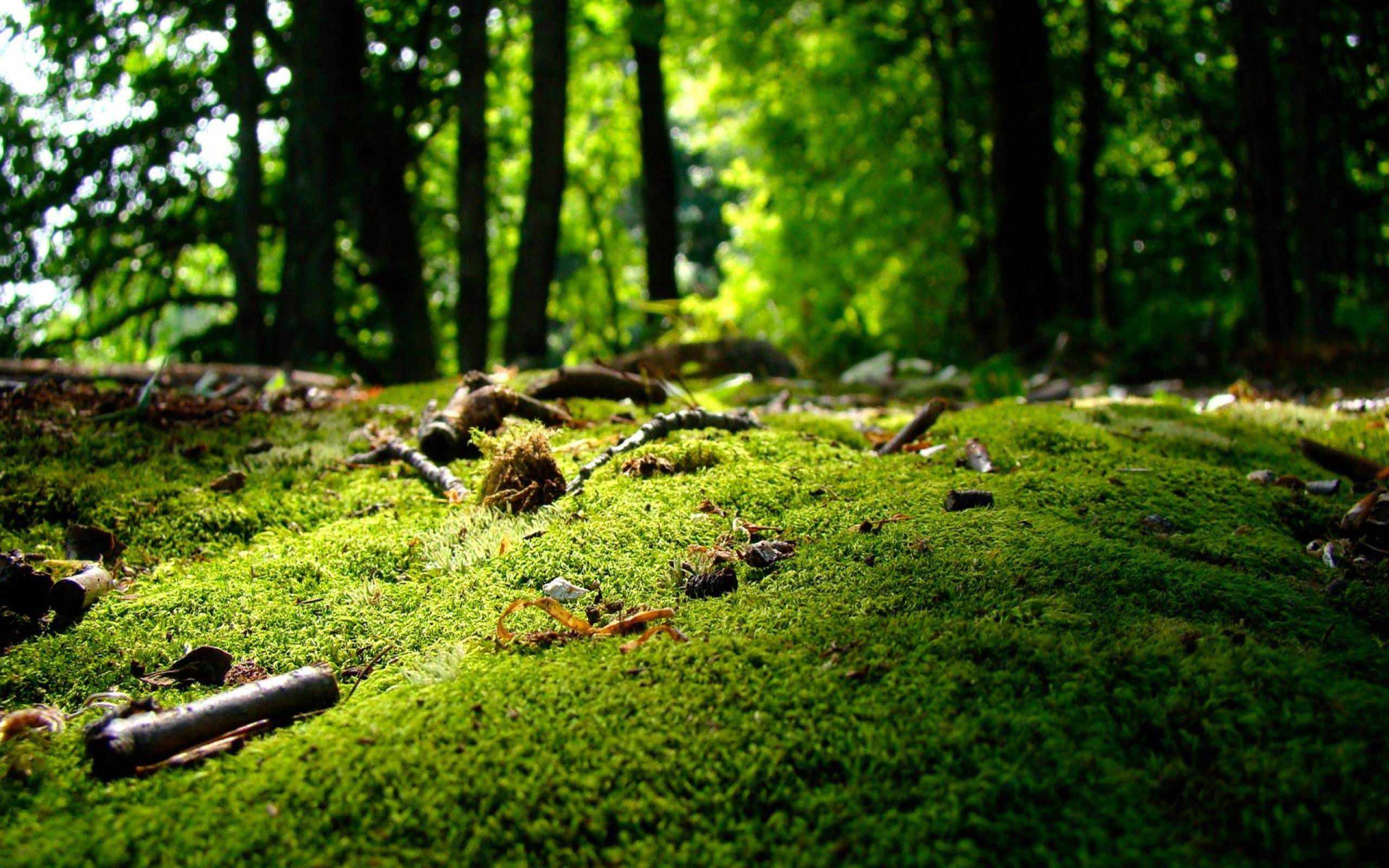Author:
Knut Wimberger
Short summary:
This article explains what we do on a Big Friendly Giant and why it is such a thrilling experience.

.png)
Big Friendly Giants is a Green Steps signature activity which is inspired by Shintoism. We explore the local ecosystem through long walks (and sometimes a mix with bike rides) and navigate the city on a route of natural monuments. Does this sound weird to you? A growing number of outdoor enthusiasts determine holiday destinations and weekend hikes according to the potential sighting of rare avifauna. Determining one’s outdoor exploration based on the location of old trees rather than ambulant birds is less difficult but equally rewarding.
I can’t help but feel a bit like an explorer when we develop these routes in uncharted territory, which hardly ever sees anybody else than local farmers. The last route in STP’s southern borough Harland turned out to be a vein of gold for nature lovers. We started our walk by parking our car in the vicinity of two large oaks which are designated nature monuments. Their impressive size is visible from quit some distance, however, the closer one gets, the less attractive they are, because the city has positioned smelly recycling containers under the trees.
.png)
Isak is on his best way to become a junior entomologist. He has developed a special interest in insects and finds them wherever we roam. Zoe and me take a deep breath and move away from the recycling container, he however inspects them with curiosity and calls us over after a short while: “Look what I have found!” Indeed, a nice catch. My app tells me it’s a new species for us, the Southern Oak Bush Cricket or Meconema meridionale as the scientist call this grasshopper. It seems to like the smell or rather what it finds in the recycling containers because we encounter an entire cricket gang hanging around.
Our scientific zeal drives our attention back to the trees which we measure at 3.90 and 3.60 meters girth respectively. The well over 150 year old oaks deserve some more respect, we think. Removing the recycling containers and setting up one or two benches below the wooden giants would increase their and the wellbeing of nearby residents. We also notice a white ash on a private property which is not fenced off and take the measurement of its trunk. An unexpected 3.80 meters of girth brings this tree on our list of Big Friendly Giants.
.png)
We continue our stroll towards the riverside forest, the kids enjoy a short break at the playground and our adventure is rewarded with a band of great spotted woodpeckers zipping from one tree to the next. All three are red at the back of their head, indicating they are males. Where are the woodpecker girls? We exit the riverside forest to observe a huge Grey Heron unfolding his wings and slowly taking off from the Traisen flying downstream in direction of Krems. We cross the river in admiration of the reflecting autumn foliage and walk into a flat terrain of fields which gives us clear sight on our next target: a grove of poplars.
.png)
The poplars don’t get much of our attention next to the bright yellow maple leaves covering the ground and reminding us of gingko foliage which is of similar yellow around this time of the year. We feel a bit homesick and talk about fall in our Shanghai countryside house until we reach the next nature monument: a massive Tilia platyphyllos which we measure at 3.95 meters girth. We take a sharp turn left and follow a never-ending hedge that separates the road from the fields. And there they are: our first Goldfinches in St. Pölten. We did spot a few back in summer in Apetlon, but not yet in St. Pölten and we rejoice in seeing half a dozen of these beautiful birds as we walk back to the riverside forest. They accompany our walk like dolphins a sailing boat.
.png)
At the end of the hedge, which is filled with delicate berries, we take another unplanned left turn and already from quite a distance I notice a yellow nature monument badge. How exciting! A nature monument which was not on the internet. It turns out to be a grove of young trees and my assumption is confirmed as we move closer to inspect the trees that we have probably encountered a number of the last existing elm trees in the city. Elm trees are at the brink of extinction due to a fungus which started to spread about a century ago in the Netherlands. We cherish the moment and eat our outdoor provision in a hunter’s hideout next to the grove and watch a rabbit slowly disappearing in the riverside forest.
.png)
On the way back to our car, we follow the river to find two more trees of substantial size: a Quercus robur of 2.90 meter girth and a Fraxinus excelsior of 2.60 meter girth. Four new trees and an entire grove of field elms make us very happy that day; and while we have been looking out for Big Friendly Giants, we have after all seen quite a bunch of birds. A common kestrel and a montagu’s harrier appear in front of our eyes as if we are meant to come back to Harland, soon.
.png)
.png)





